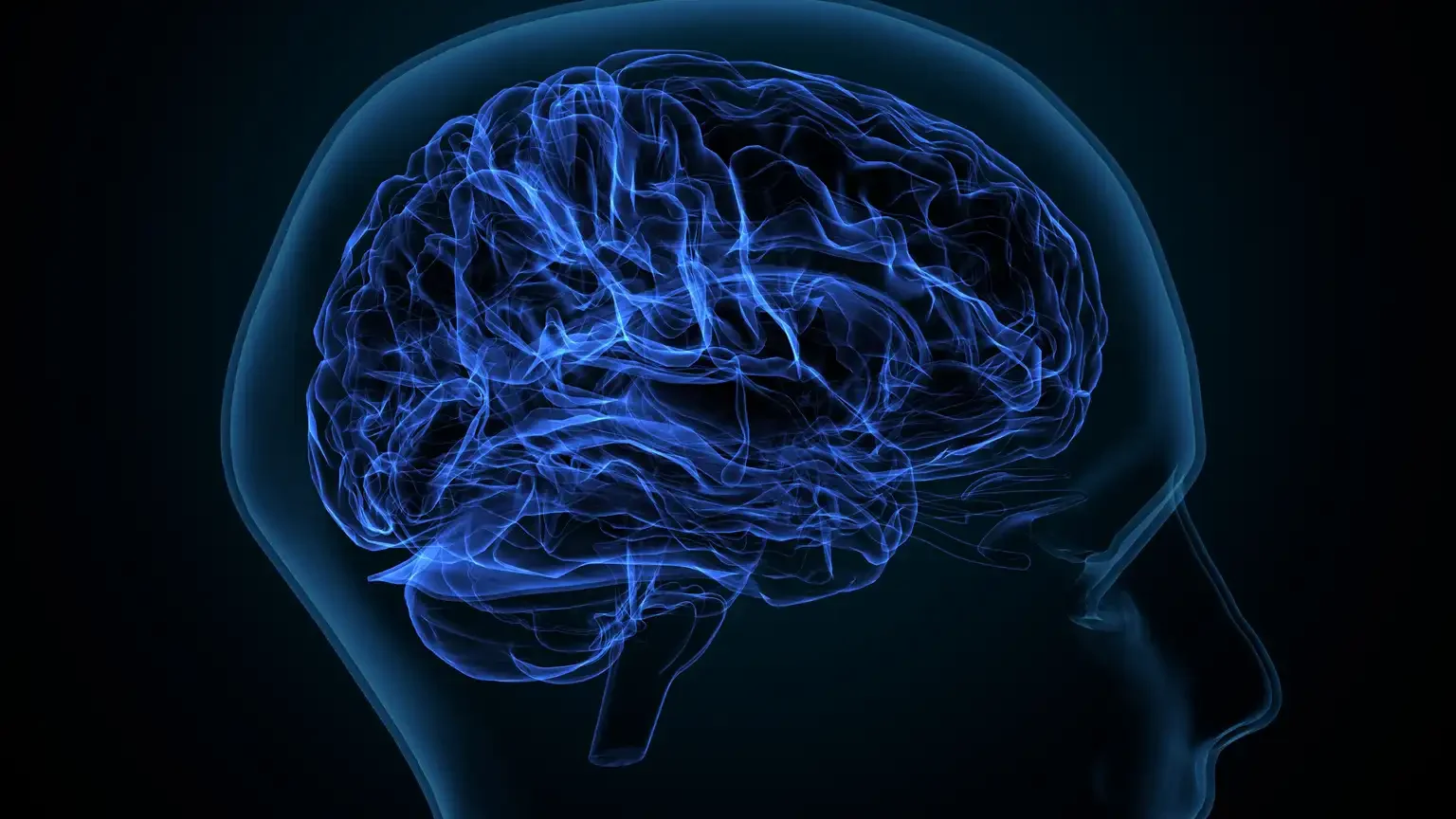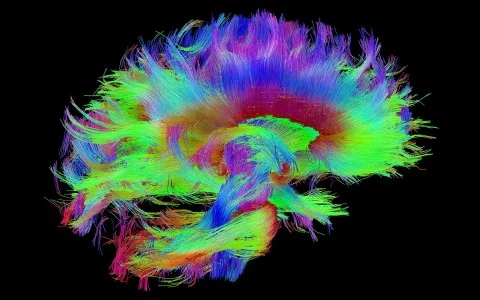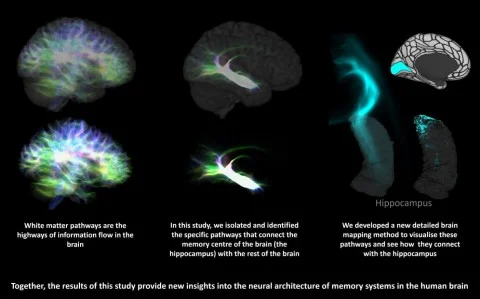
The researchers created a map of the hippocampus' communication links with other areas of the human brain. As a result, biologists have revised their own concepts of the mechanisms of memory.

In the course of the work, the scientists used MRI scans from the neuroimaging database developed for the Human Connectome Project, which is led by the National Institutes of Health of the United States. The available data from HCP were processed using special techniques. The information obtained was analyzed, as a result, it coincided with data from post-mortem studies of the brains of primates.
The number of connections between the hippocampus and a number of parts of the brain was either much lower, as in the case of the frontal areas of the cortex, or higher, as in the occipital region, as expected. The researchers concluded that some of the pathways were "preserved" in the process of evolution, but the human brain could simultaneously build special patterns of connections that differ from the connections in the brains of other primates. At the moment, the research work is ongoing.

At the same time, scientists put forward another theory, which is that the hippocampus can play a special role not only in the work of memory, but also in the imagination and the ability to recreate mental images. This point distinguishes humans from primates, but the latter can perform better in a number of memory tasks that they cope with better than humans. All information about the study is posted on the portal of the University of Sydney.

In the course of the work, the scientists used MRI scans from the neuroimaging database developed for the Human Connectome Project, which is led by the National Institutes of Health of the United States. The available data from HCP were processed using special techniques. The information obtained was analyzed, as a result, it coincided with data from post-mortem studies of the brains of primates.
The number of connections between the hippocampus and a number of parts of the brain was either much lower, as in the case of the frontal areas of the cortex, or higher, as in the occipital region, as expected. The researchers concluded that some of the pathways were "preserved" in the process of evolution, but the human brain could simultaneously build special patterns of connections that differ from the connections in the brains of other primates. At the moment, the research work is ongoing.

At the same time, scientists put forward another theory, which is that the hippocampus can play a special role not only in the work of memory, but also in the imagination and the ability to recreate mental images. This point distinguishes humans from primates, but the latter can perform better in a number of memory tasks that they cope with better than humans. All information about the study is posted on the portal of the University of Sydney.
Login or register to post comments
Comments 0